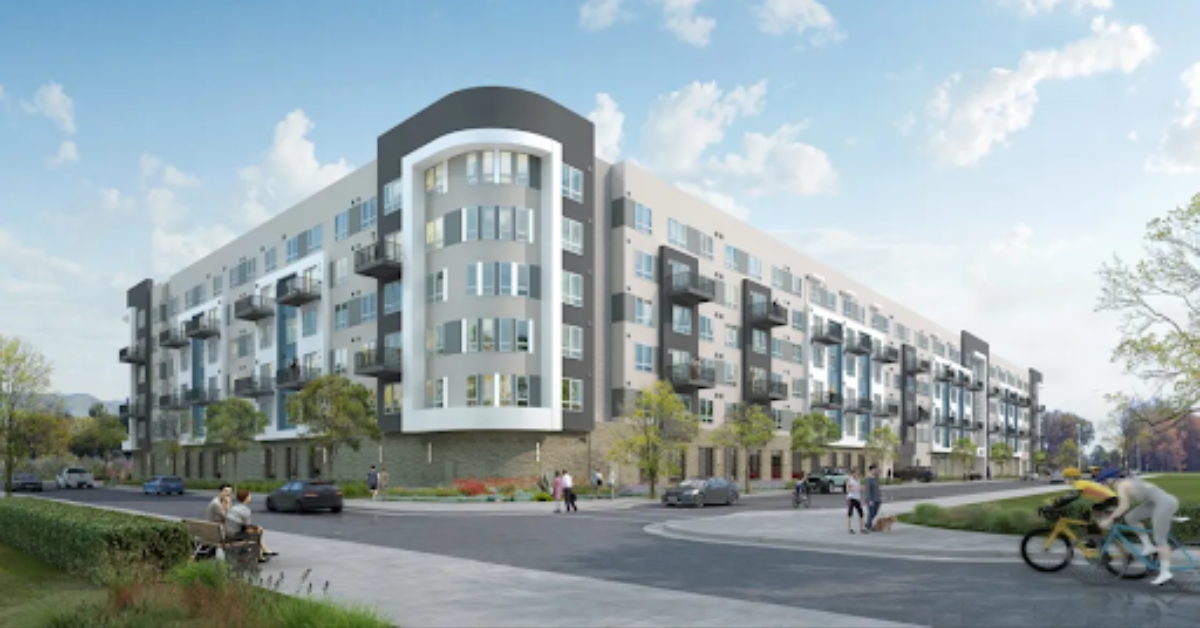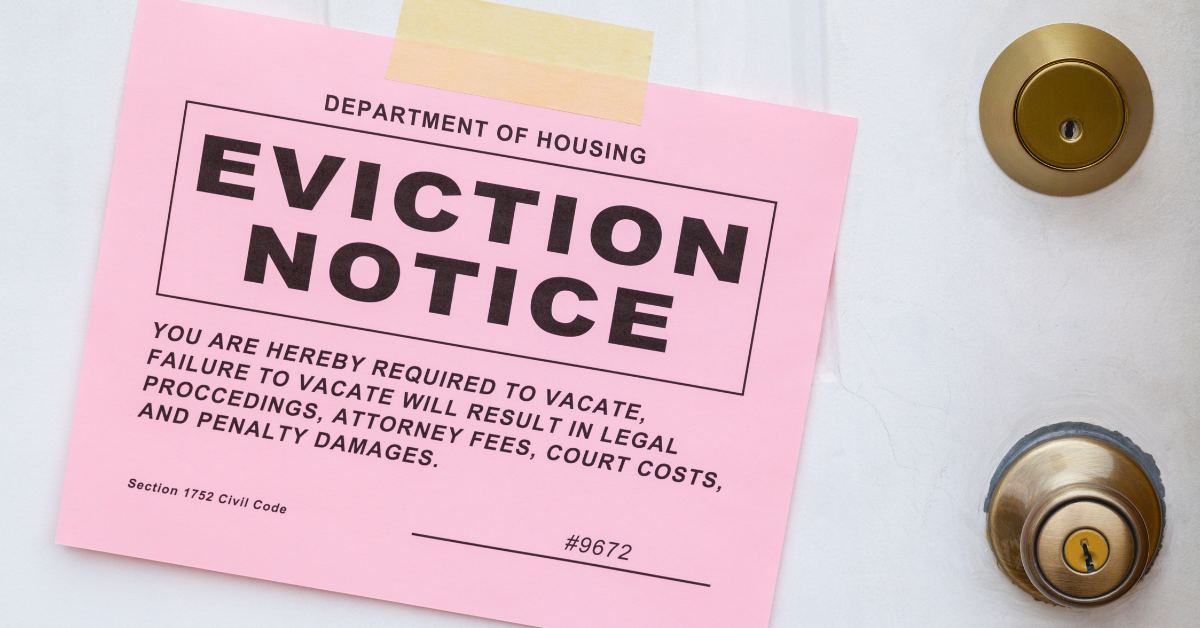Every city and county in California is required by the State to adopt a General Plan that sets forth a comprehensive, long-range plan “for the physical development of the county or city, and any land outside its boundaries which in the planning agency’s judgment bears relation to its planning” (Gov. Code § 65300). One of the required elements of the General Plan is the Housing Element.
What is a Housing Element?
The State requires every jurisdiction to create a new plan every eight years to meet the existing and projected housing needs for people in all economic segments of the community. Individuals and families are directly affected by each jurisdiction’s ability to plan for the range of housing needs of those who will live and work in every community. Because of this, city staff are required to engage key stakeholders and a broad range of community members in the Housing Element process to
- Assess housing needs in the jurisdiction, with a special focus on disparate housing needs of people in groups protected under the Fair Housing Act;
- Identify adequate sites for housing for all housing types (including emergency shelters, navigation centers, and multifamily housing) and residents of all income levels;
- Create programs and policies with concrete action steps, firm timelines, and measurable outcomes to
- remove or mitigate constraints to housing development and assist in the development of housing,
- preserve and improve existing housing stock, especially affordable units at risk of conversion to market rate,
- address disparities in housing needs and in access to opportunity,
- replace segregated living patterns with integrated and balanced living patterns,
- transform racially and ethnically concentrated areas of poverty into areas of opportunity, and
- foster and maintain compliance with civil rights and fair housing laws.
2023-2031 Housing Elements (6th cycle) for Santa Clara County jurisdictions
6th Cycle Housing Elements, many of which are not yet certified, are available in the Housing Element Toolkit
Beginning with Housing Elements due in 2021, local jurisdictions must demonstrate that they are Affirmatively Furthering Fair Housing (AFFH) throughout the Housing Element process and plan. The California Department of Housing and Community Development (HCD) has provided comprehensive guidance on how cities must incorporate the law into the Housing Element. HCD is responsible for determining whether a Housing Element is compliant with State law. Find current and draft Housing Elements in SV@Home’s Housing Element Advocacy Toolkit.
The Housing Element is a planning document intended in part to create the conditions necessary for private developers (both nonprofit and for-profit) to build the housing the jurisdiction needs, and to address the additional identified housing needs. It does not require local jurisdictions to build homes. However, each jurisdiction is required to report annually on progress in permitting new housing development and implementing programs. Recent legislation designed to encourage housing production has created incentives for cities to comply with Housing Element Law, such as access to funds for affordable housing and infrastructure for jurisdictions designated as a “Pro-Housing” jurisdiction. Other legislation, such as SB 35, removes some control over land use decisions through mandatory streamlining for cities that are not on track to meet the housing needs of their residents. A streamlining tool in the Housing Accountability Act, known as Builder’s Remedy, requires cities with Housing Elements that are not certified by HCD as in compliance with Housing Element Law to approve any development proposal with 20 percent low-income housing, or 100 percent moderate-income housing. New to the current planning cycle, jurisdictions with Housing Elements that are not in compliance with Housing Element Law are ineligible for some state affordable housing and transportation funds, and can face large fines and referral to the State’s Attorney General.
Regional Housing Needs Allocation
Every eight years, the Regional Housing Needs Allocation (RHNA) process is used to assign each city and county in California their “fair share” of new housing units to build. These homes are intended to accommodate existing housing need and projected growth in the region. The RHNA process is critical because it requires all cities and counties to create a plan for the housing needs of their residents, at all income levels, in an effort to plan for future growth and ease the Bay Area’s acute housing crisis. The Housing Element is the implementation plan for the RHNA. The 6th RHNA cycle is currently in progress, and will cover the 8-year period between January 1, 2023 and December 31, 2031. See current RHNA allocations and progress for Santa Clara County jurisdictions in Cities and Public Agencies pages.
Additional Resources:
- HCD Housing Element Website
- SV@Home Housing Element Advocacy Toolkit
- Housing Element Annual Progress Reports
- HCD Affirmatively Furthering Fair Housing Guidance Memo
- Regional Housing Needs Allocation, Association of Bay Area Governments Website



